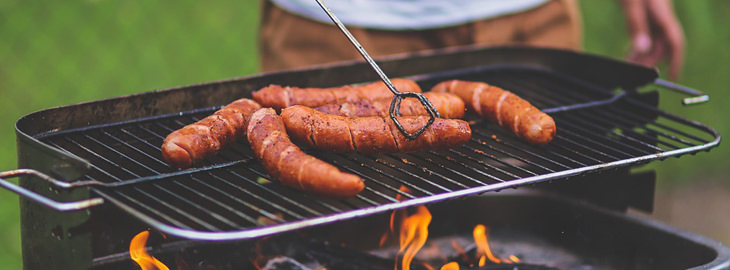
When you buy food products in stores, you don’t exactly know how they were processed and what they’d been through before reaching supermarket shelves, and although most of us already know that not all the products from the supermarket are healthy, not many know that some of them may be "fake". This means that the product that boasts a certain name may not actually be what you expect it to be, which misleads us to believe that we know what’s going into our body. Learn about the 8 "fake" foods you regularly consume without even knowing it.
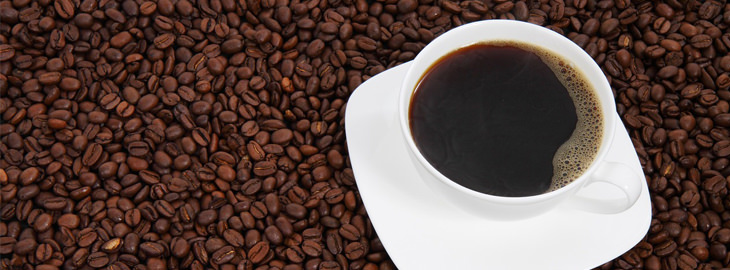
If you grind your coffee beans at home, you have no reason to worry, since it is difficult to forge whole coffee beans, but you can find additives like wheat or barley in instant coffee that act as cheap and easy fillers. In fact, some of the symptoms people attribute to coffee, such as migraines or a feeling of fatigue after drinking, may be caused by these other ingredients, and 2013 research suggests that people who suffer from allergies to gluten shouldn’t consume instant coffee at all.

There are products that might not have the word ‘cheese” written on them but that look exactly like cheese and are even thought to be cheese. They are usually lower priced than the real cheeses, and aren’t usually separated from real cheeses in the supermarket fridge, meaning you can easily grab these products by mistake. If the packaging says only “fetta” or "white slices" without the word "cheese", it is probably a synthetic substitute. Although these products are recommended for those who are lactose intolerant, if you want to consume real cheese, which contains calcium and good cholesterol, you should pay attention to its name.
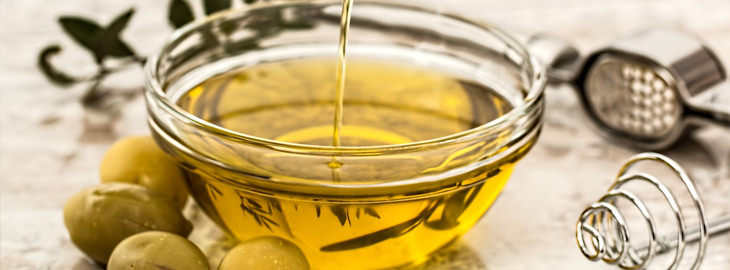
In two studies examining the ingredients found in 168 virgin olive oils of various brands, it was found that a large number of companies were mixing peanut and soy oils in their olive oils. When the oils were compared to those of the International Olive Council, those of Italian and American brands failed the tests, with the olive oil content being between 56-94%. In addition to the use of other oils, the same oils were found to be of lower quality and much more oxidized than other oils. If you want to be sure that you are buying premium quality virgin olive oil, avoid brands from Italy or the US and check their ingredient list.

If you look carefully at the different tea bags in your home, you may notice that some of them have a mixture of uniform color and texture, while others have parts that look less like dried leaves and more like sawdust. This phenomenon is found mainly in tea bags and not loose tea-leaves because stems and twigs are often added to tea bags by manufacturers. Usually, in these cases, an artificial tea taste is added to hide its low quality. To know for certain whether your tea is high quality, add lemon and check if it changes to red-brown (good sign) or to dark brown (bad sign). In addition, if there the water foams after adding the lemon, this is also a sign of low-quality tea.
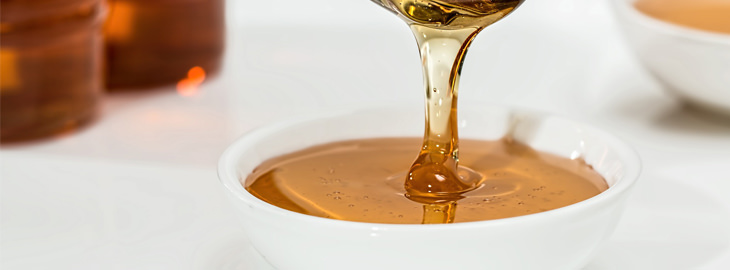
It is recommended that you pay attention to the ingredient label on the honey jar before you decide to buy it since in many cases you’ll find that it contains corn syrup with a high percentage of fructose (55%). Sometimes products labeled "honey" don’t actually contain any honey, as in the case in 2009 in which a whole plant was caught producing fake honey. When you buy honey, make sure that the manufacturer's name, address and phone number are on the package. It is also recommended to examine the type of nectar from which the honey was produced and make sure that it isn’t labeled a “honey mixture.”
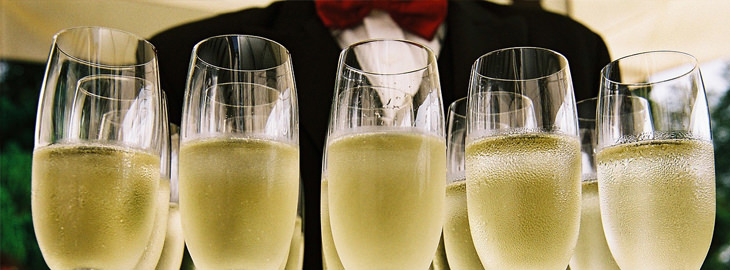
Everyone likes to open a bottle of champagne when celebrating but you should know that as long as the bottle didn’t come from Champagne, France, what you’re drinking is nothing more than sparkling wine. The main difference between champagne and sparkling wine is that champagne gets better over time and doesn’t lose its quality, unlike sparkling wine which is recommended to drink close to purchase. In addition, it is recommended that you don’t shake sparkling wine like you can with champagne, as you’ll just end up with less bubbly sparkling wine. One thing you want to know is that sparkling wine usually contains a lower alcohol content than champagne, and can be identified by comparing it to different types. Most sparkling wines contain about 12% alcohol.
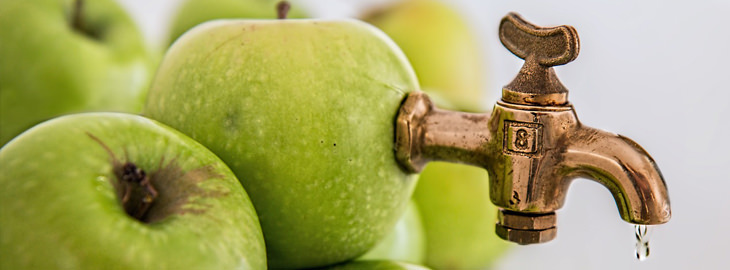
If you want to enjoy quality fruit juice, you should check the list of ingredients on the bottle before purchasing it. In many cases, juices labeled as single fruit are usually diluted with other cheaper fruit juices. For example, pomegranate juice can also contain apple juice. While this is not a harmful phenomenon, if you’re looking to drink a juice that is 100% the fruit you want, make sure the check the ingredients.
